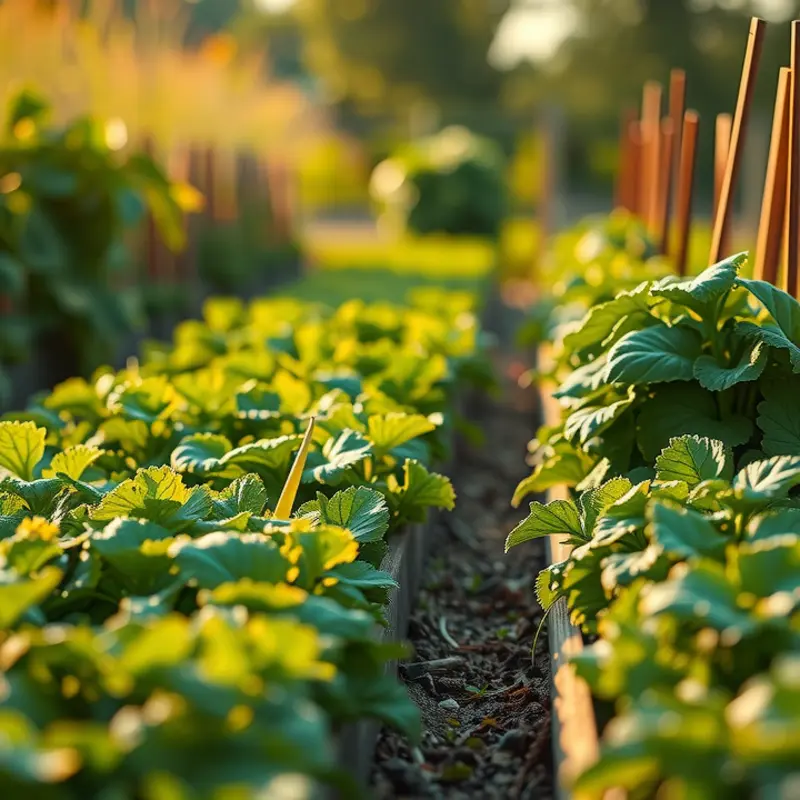Traveling can be an exciting adventure, but it comes with its own set of challenges, especially when it comes to food. Ensuring food safety during travel not only protects your health but also reduces waste and maximizes your meal options. Whether you’re camping, road-tripping, or exploring a new city, knowing how to store food safely and manage what you have can enhance your travel experience. Let’s dive into practical tips and strategies to keep food safe while on your travels.
Mastering Food Storage While Traveling

Traveling presents unique challenges for keeping food fresh and safe. Employing the right strategies for food storage can significantly improve your travel experience. Whether your journey involves hiking, road trips, or hotel stays, understanding efficient food storage is crucial.
Refrigeration on the Go: If you have access to a cooler, it’s a versatile tool for keeping perishables at a safe temperature. Pre-chill the cooler before adding food, and use ice packs instead of loose ice to reduce moisture. Arrange items strategically: drinks at the bottom, as they’re less prone to spoilage, and dairy or meat on top to ensure they stay coldest. For longer trips, consider using dry ice, keeping in mind it requires proper handling and ventilation. If you stay in hotels, use the mini-fridge wisely. Maintain its temperature below 40°F (4°C) for ideal food preservation. Carol LaRue’s eco-friendly tips can also complement hotel food storage strategies; discover them here.
Packing Smart: Choose the right containers to minimize space and maximize freshness. Reusable silicone bags are excellent for keeping food airtight and compact. For fragile items like snacks or fruits, opt for hard-shell containers to prevent crushing. Layering is also essential; place heavy items at the bottom and lighter ones on top.
Duration and Type of Food: Match your packing methods to the travel duration. For short trips, vacuum-sealing can help preserve freshness by removing air that promotes spoilage. For longer adventures, dehydrated or freeze-dried foods are practical as they are lightweight and have a longer shelf life. Assessing what types of ingredients you’re carrying is crucial. If possible, avoid overpacking perishables unless you have reliable refrigeration.
Temperature Control: Monitoring the temperature of your storage is key. A small, portable thermometer can help you verify that perishable items stay out of the danger zone (between 40°F and 140°F). For backpacking, insulated lunch bags paired with ice packs provide temporary cooling solutions. In cases where refrigeration isn’t feasible, prioritize non-perishables such as protein bars, nuts, and canned goods that don’t require chilling.
Handling Perishables: Perishable items require extra caution. Meat, dairy, and certain vegetables should be consumed early in your trip. Be aware of cross-contamination risks by storing raw and cooked foods separately. Proper hand sanitation is essential, especially when handling raw items to prevent foodborne illnesses.
By implementing these strategies for food storage, you can ensure a safer and more sustainable travel experience. Preparing in advance with the right containers, refrigeration options, and storage techniques allows you to enjoy fresh meals without the worry of spoilage or waste. Ultimately, smart food storage not only enhances your journey but also supports healthy eating habits while on the road.
Minimizing Waste with Smart Food Management

Traveling offers a wealth of experiences, yet it can also lead to the wastage of precious resources if not managed well. Smart food management is the key to minimizing waste while enjoying your journey. Here, we explore how you can plan meals efficiently, make use of leftovers skillfully, and choose foods that are both delicious and durable.
Effective meal planning is the cornerstone of waste reduction. Start by considering the duration of your trip and plan meals that can be prepared with minimal cooking time and effort. Creating a flexible meal schedule helps ensure you only purchase ingredients you’ll use. Pick versatile ingredients that can apply to multiple dishes, thereby reducing the need for excess variety. Consider reading about practical ingredient batching for more insight on maximizing ingredient usability.
When it comes to leftovers, creativity is your ally. Instead of discarding extra food, envision new ways to incorporate leftovers into subsequent meals. For instance, grilled chicken from dinner can become a tasty wrap ingredient for lunch. To make this easier, pack reusable, airtight containers, which not only help keep your food fresh but are also environmentally friendly.
Selecting travel-friendly foods is crucial. Opt for foods that maintain their integrity without refrigeration. Cured meats, hard cheeses, and dried fruits are great options because they are safe, nutrient-dense, and resistant to spoilage. Nuts and seeds, packed with part of your daily energy needs, offer a blend of convenience and nutrition.
Embrace eco-friendly practices by carrying your own reusable cutlery and water bottle to reduce plastic waste. Additionally, if you’re exploring areas with local markets, buying fresh produce in small quantities encourages the use of perishable items before they spoil. It also fosters interaction with local producers, enriching your travel experience.
Lastly, being mindful of your consumption patterns can greatly impact waste reduction. Paying attention to portion sizes helps avoid unnecessary leftovers. Engage in mindful eating, which not only enriches your culinary experience but also ensures sustainable consumption practices. Utilize resources that address unconscious eating habits to nurture an eco-conscious travel lifestyle.
Incorporating these strategies, you can minimize waste, make sustainable choices, and maximize the enjoyment of your travel adventures. As you become more conscious of your food management practices, you’ll find that it enhances not just the sustainability of your travels, but also the overall quality of your journeys.
Final words
Food safety during travel is crucial to having an enjoyable experience. Implementing the practical tips on food storage and waste management shared in this article can help keep you healthy while also being kind to the environment. Planning ahead ensures that your meals are not only safe to eat but also add enjoyable moments to your travel journey. By embracing better food management practices at home and on the go, you can embark on your adventures with peace of mind and a commitment to sustainability. Next time you travel, remember these strategies to keep your food fresh and reduce waste.







